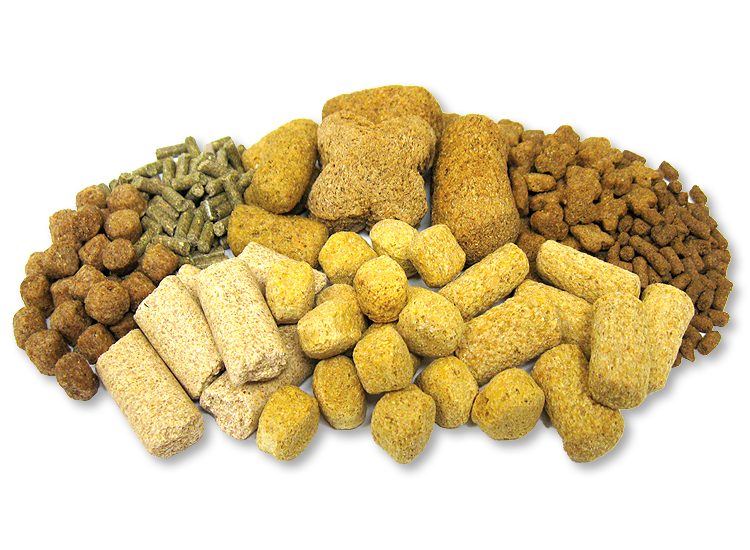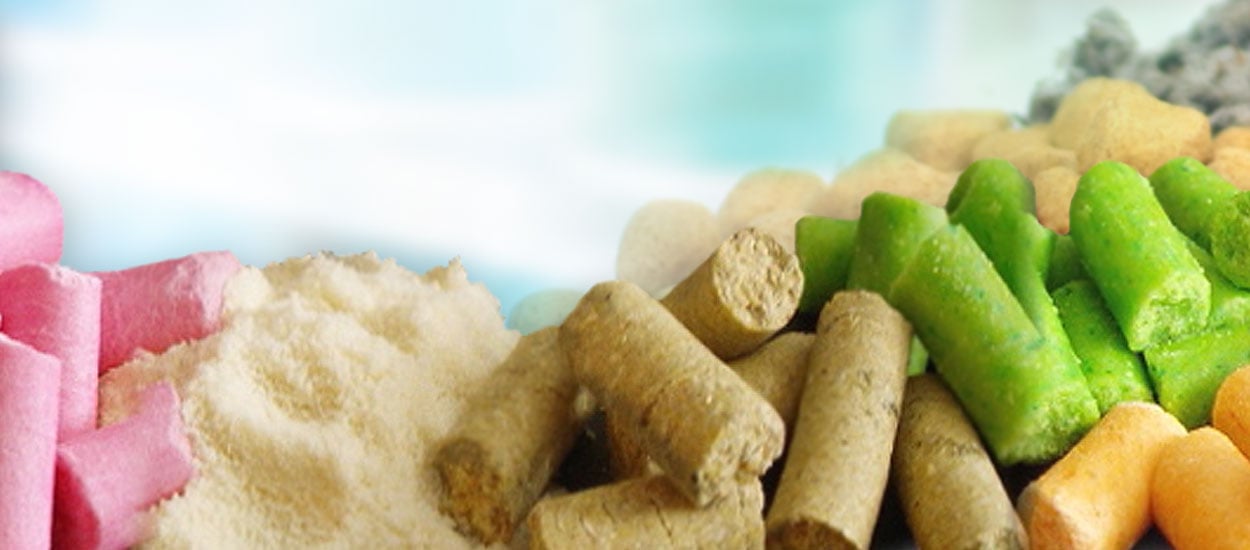NaCl Adjusted (Natural Ingredient)

The sodium content of natural ingredients such as corn, wheat, and soybean meal is low. Thus, these ingredients can be used to create a base diet that is sodium deficient. To this base diet, various amounts of sodium chloride salt (NaCl) can be added, and other ingredients adjusted slightly to maintain a relatively constant nutrient profile (with the exception of sodium and chloride).
Below are examples from a popular series of adjusted NaCl diets. Contact us for more information.
| Formula examples | |||||
|---|---|---|---|---|---|
| Added NaCl (%) | Approx. Na (%) | no dye | red* dye | orange* dye | blue* dye |
| Na deficient | 0.01-0.02 | TD.90228 | TD.08290 | ||
| Possible control diets: 0.05% Na (0.1% NaCl) meets est. minimum Na requirement. Typical rodent diets contain 0.2%-0.4% Na (~0.5-1% NaCl). | |||||
| 0.1 | 0.05 | TD.94268 | TD.07334 | ||
| 0.49 | 0.2 | TD.96208 | TD.110765 | ||
| 1 | 0.4 | TD.90229 | |||
| Diets for studies that look at effects of excess sodium consumption in rodents. | |||||
| 2 | 0.8 | TD.95078 | TD.130345 | ||
| 4 | 1.6 | TD.92034 | TD.110078 | TD.03095 | |
| 8 | 3.2 | TD.92012 | TD.03142 | ||
* When added to natural ingredient diets, these water soluble food dyes offer a slight color tint. More intense color can be achieved at higher inclusion rates.
Ask a nutritionist about additional salt concentrations or color options.
These diets are grain-based, with no animal derived ingredients, and have a background sodium content of approx. 0.01-0.02% and a background chloride content of approx. 0.06-0.07%. The selected nutrient content of the diets are as follows: approximately 19% protein, 5% fat, 3% crude fiber, 0.86% Ca, 0.64% P, 0.72% K, and 0.15% Mg.
For additional formulas of this nature, or for a purified sodium adjusted diet, please email us at askanutritionist@inotiv.com.

Ask a nutritionist
Live chat Live chat
Teklad diet selector
Selector app Selector app
Scientific Insights
Keep up-to-date with the latest industry thinking and scientific insights
Explore today Explore today


